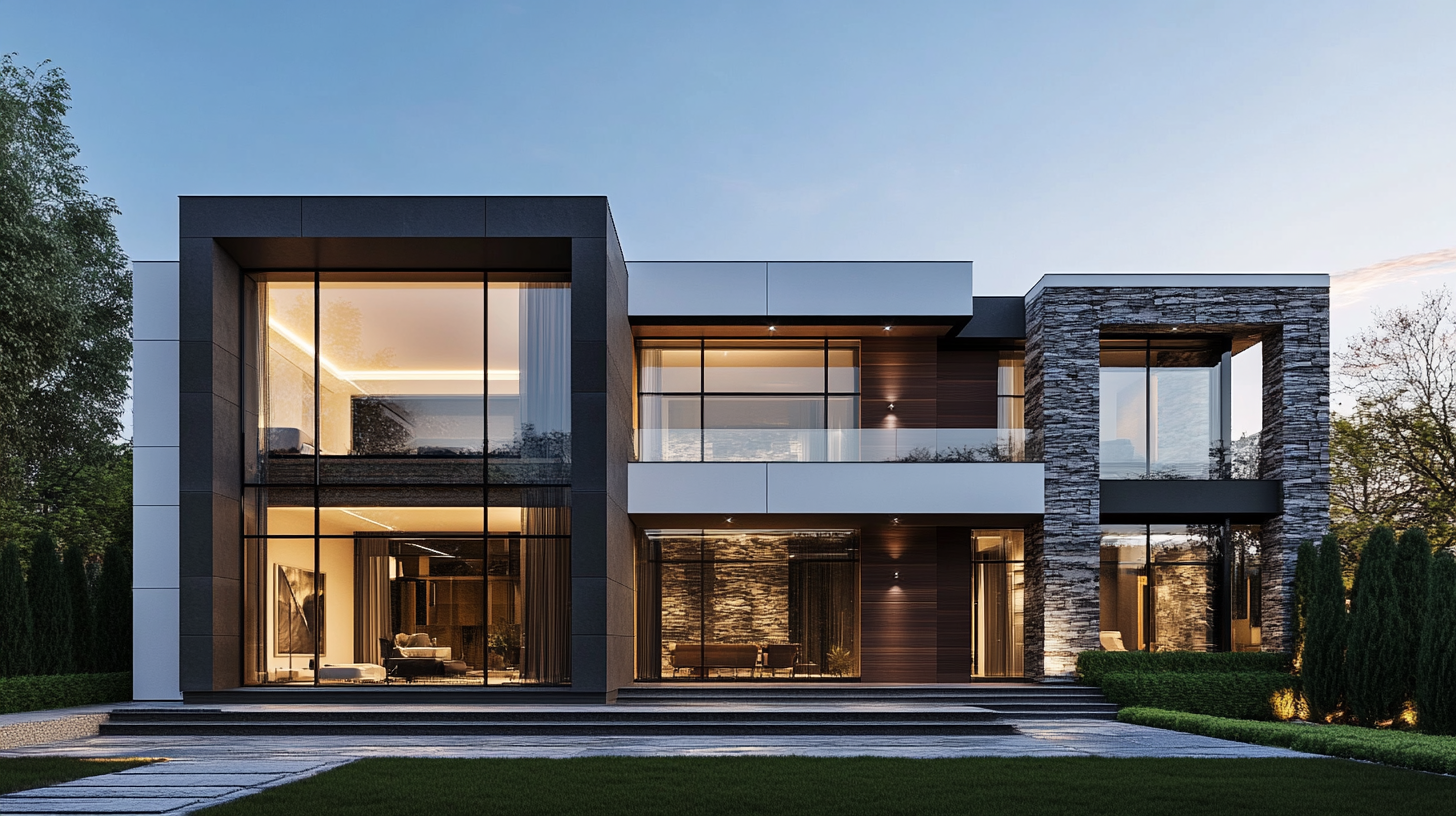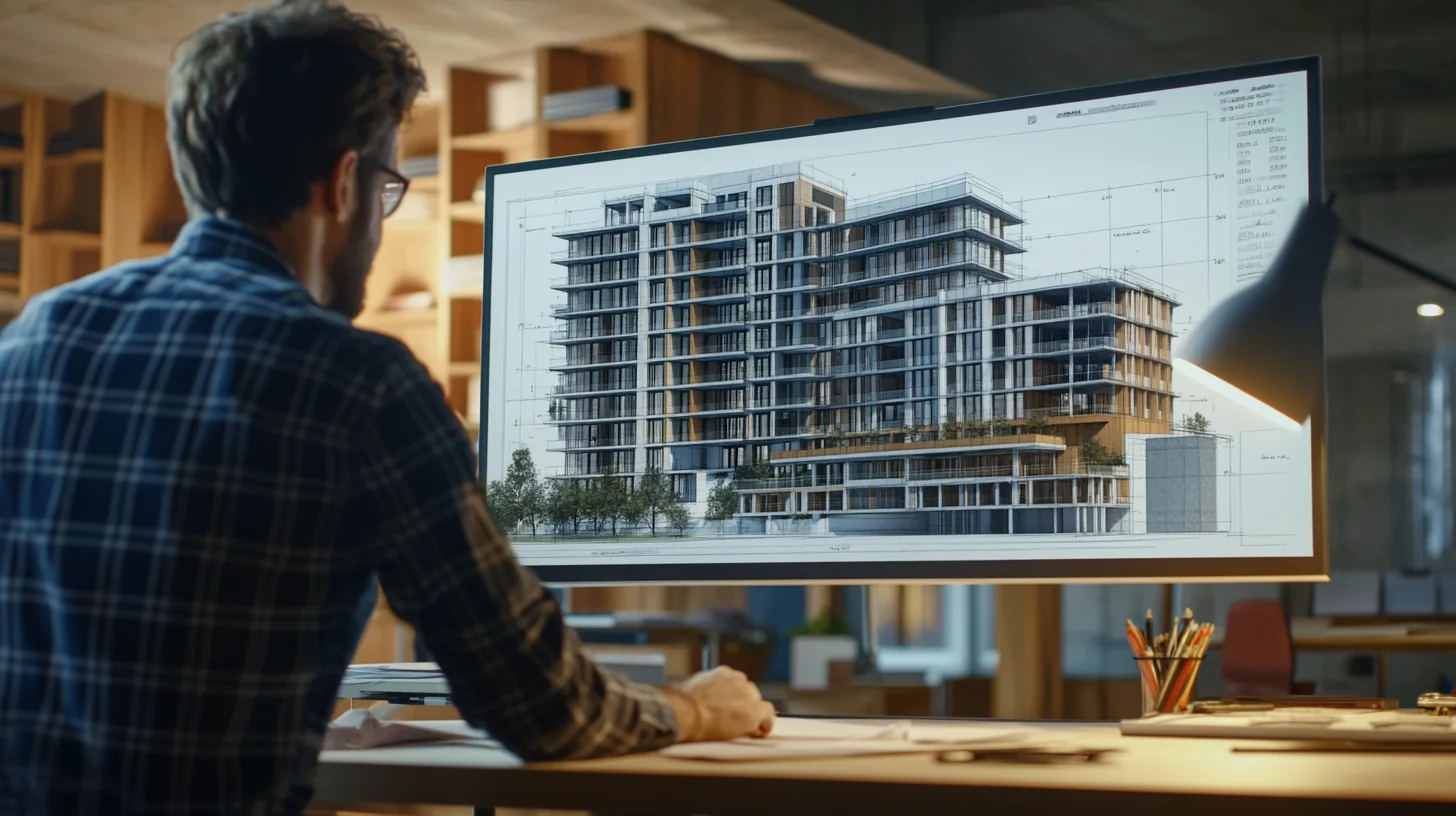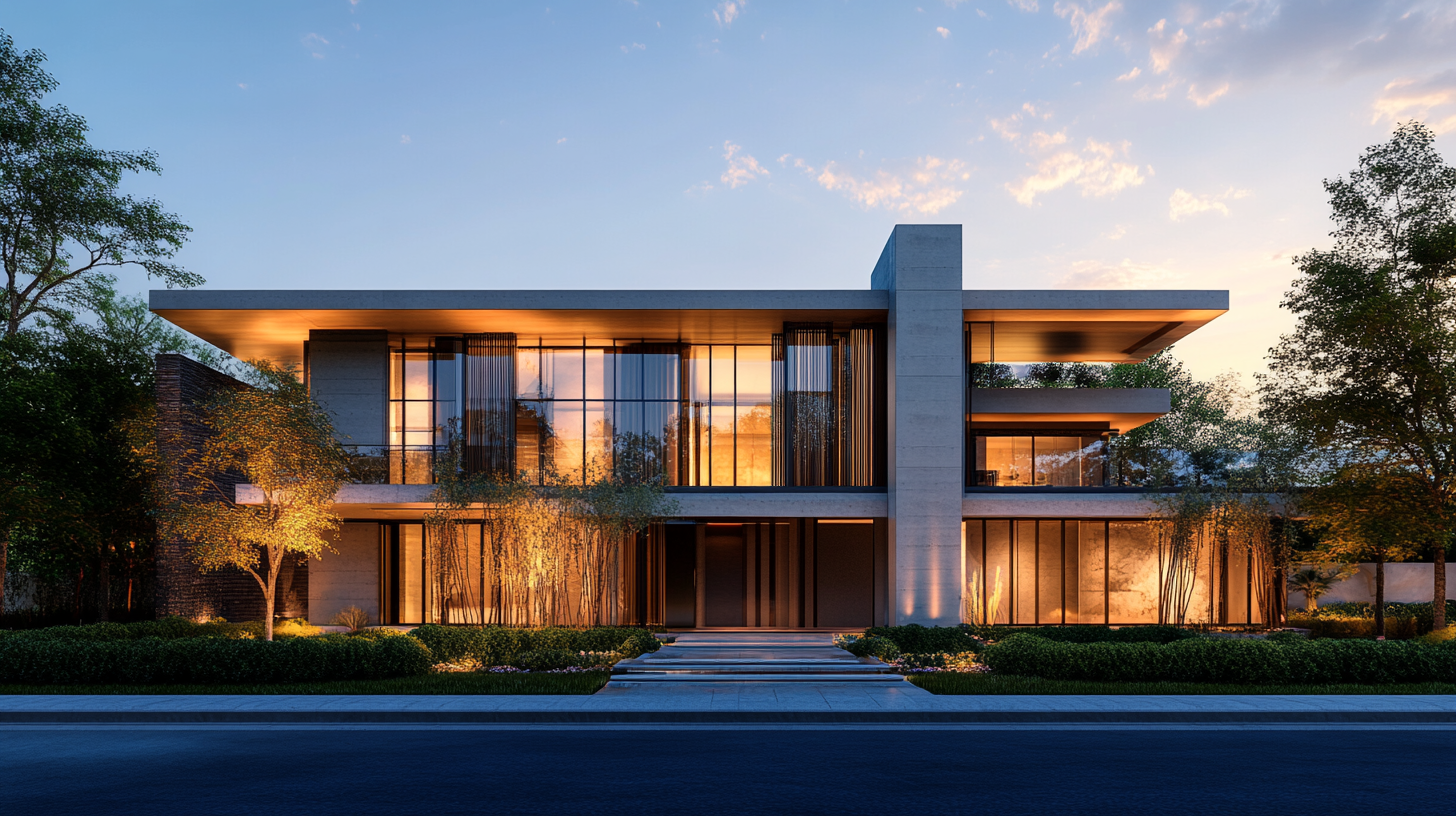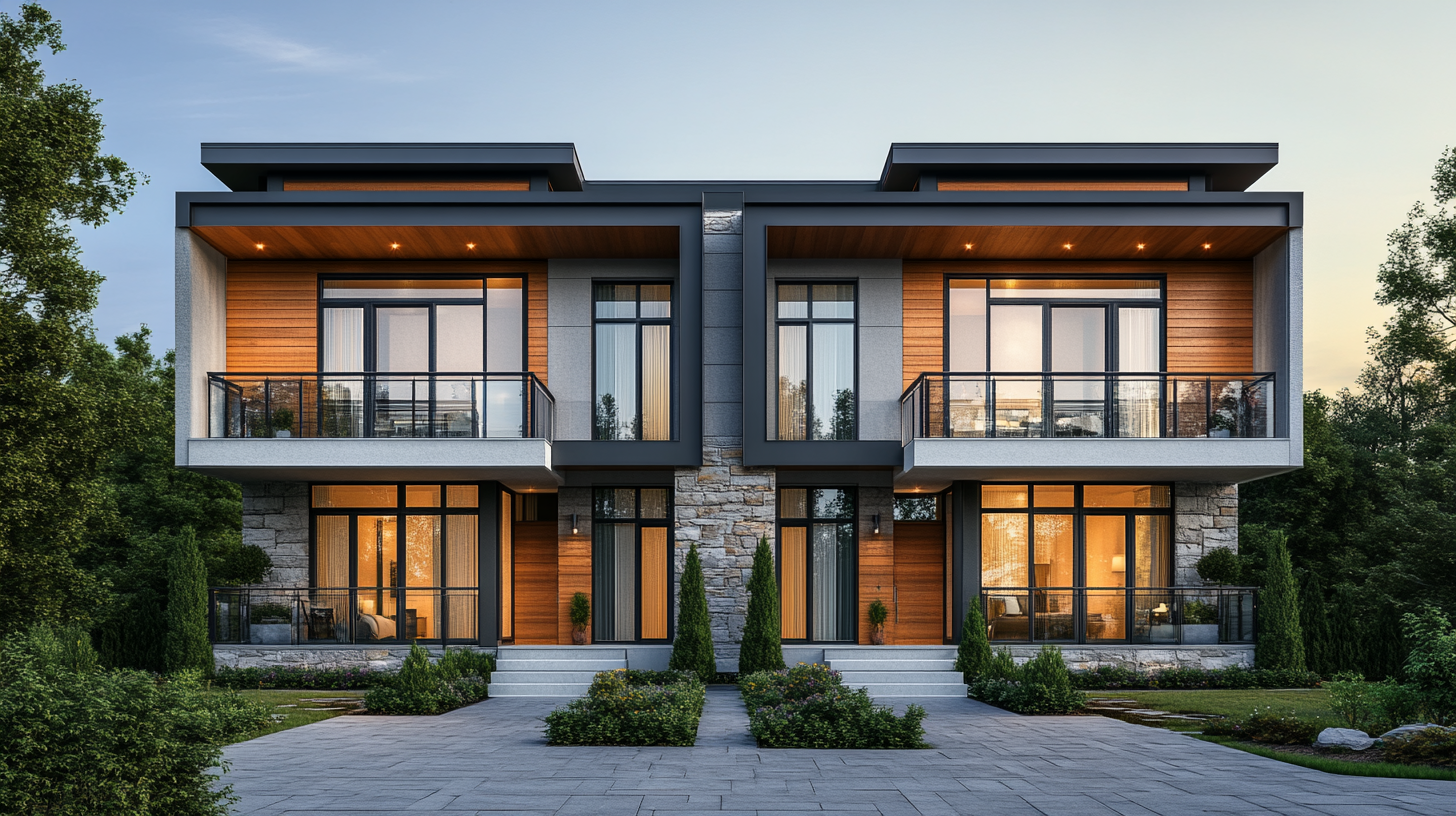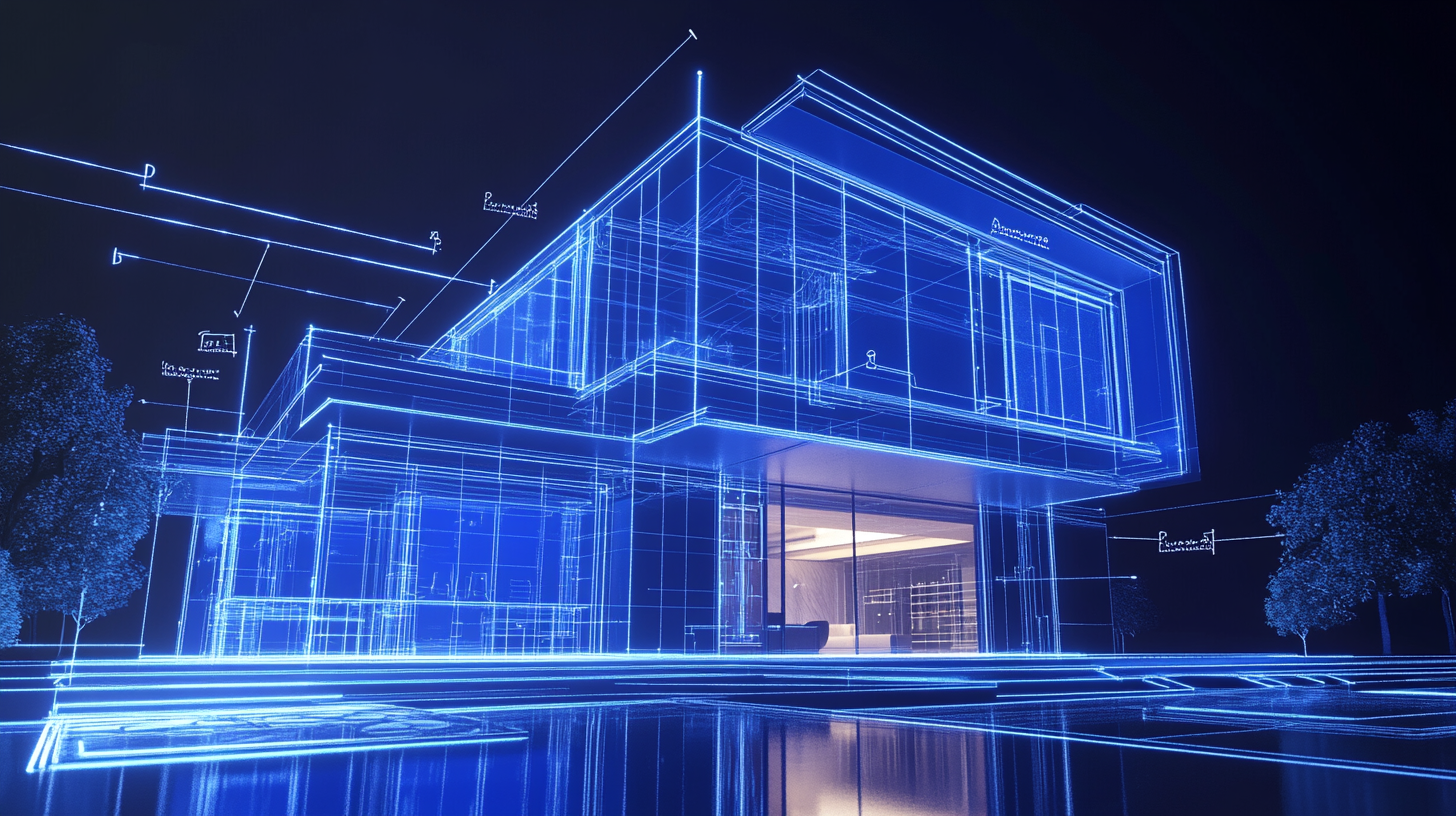
Avoiding Common Electrical Mistakes in Architectural Designs
How Architects Can Optimize Electrical Layouts for Safety, Efficiency, and Aesthetics
Electrical planning is often overshadowed by the visual appeal or structural integrity of architectural projects. But ask any seasoned architect, and they’ll tell you that a poorly designed electrical system can derail even the most magnificent structure. From safety hazards to inefficiencies that frustrate occupants, electrical mistakes in architectural designs can have long-lasting consequences.
For architects, designers, and building professionals, understanding how to integrate safe, efficient, and aesthetically pleasing electrical layouts into their work is vital. This guide highlights the most common electrical mistakes made during architectural designs and, more importantly, how to avoid them.
Why You Should Prioritize Electrical Planning in Design
Electrical systems are not just functional components; they are the foundation of a modern, livable building. Poor electrical design goes beyond minor inconveniences. Missteps can increase construction costs, create safety hazards, and negatively impact building usability.
Collaborating with electrical engineers early in projects can significantly improve safety, functionality, and energy efficiency. With so many smart technologies becoming standard, future-proofing electrical layouts ensures your designs remain relevant for years to come.
1. Poor Planning and Lack of Coordination
Every successful project starts with robust planning. Electrical layouts are no exception. One of the most common mistakes is leaving electrical planning until the later stages of design. By the time electrical considerations come into play, other elements of the design may restrict flexibility and force compromises.
Why Coordination is Essential
Electrical design impacts every aspect of a building, from structural layouts to aesthetics. Without close coordination between architects, electrical engineers, and interior designers, key problems can arise, such as inconsistent wiring routes, inadequate outlet locations, or even code violations.
Real-Life Consequences
A lack of coordination can result in reworks and delays. For example, if the structural team places beams without considering conduit paths, this oversight could result in expensive adjustments.
Solution: Begin discussions between architects and electrical engineers in the earliest planning stages. Use collaborative tools like BIM software to visualize mechanical, electrical, and plumbing (MEP) systems alongside architectural designs.
2. Insufficient Power Outlets and Poor Placement
No one wants to deal with endless extension cords or inconveniently placed outlets. Yet, a common oversight in many architectural designs is failing to include enough power outlets or positioning them poorly.
Strategic Outlet Placement
Outlets should be accessible and strategically placed for convenience while blending seamlessly into the décor. Think about practical everyday uses, such as:
- Kitchen counters where appliances need connections.
- Workspaces requiring reliable power for gadgets.
- Living rooms designed to conceal charging stations or entertainment systems.
Future-Proofing for Smart Homes
With smart homes on the rise, architects must plan for devices like voice-activated assistants, smart TVs, and automated systems. Incorporating additional outlet capacity ensures adaptability for future technology upgrades.
Solution: Review room layouts and client preferences to align outlet placement with functionality, and consider adding USB charging ports for added utility.
3. Ignoring Load Distribution and Circuit Overloading
One of the critical aspects of electrical safety is ensuring balanced load distribution. Mistakes in load distribution can lead to circuit overloading, frequent tripping, and potential fire hazards.
Importance of Load Calculations
Load calculations determine the number of circuits required to distribute electrical consumption efficiently. Overburdening a single circuit with multiple high-power appliances can result in unsafe conditions.
Solution: Engage an electrical engineer to conduct detailed load calculations early in the planning phase. Make provisions for dedicated circuits for high-power appliances like ovens, HVAC systems, and water heaters.
4. Poor Lighting Design and Placement
Lighting can make or break a space. Bad lighting placement not only affects ambiance but also compromises functionality and visual comfort.
Balancing Natural and Artificial Light
When designing, think about how occupants will use the space. Natural light improves well-being and reduces energy needs but requires thoughtful window placement. Artificial light must complement natural light during the day and provide robust illumination at night.
Guidelines for Effective Lighting
- Use layered lighting (ambient, task, and accent) to cater to different activities.
- Avoid harsh overhead lights in favor of diffused, adjustable fixtures.
- Integrate energy-efficient LEDs for reduced power consumption and longer lifespans.
Solution: Work closely with lighting designers to create layouts that prioritize both ambiance and practicality, aligning with the building’s aesthetics.
5. Neglecting Safety Regulations and Code Compliance
Ignoring safety regulations is a costly mistake that can result in unsafe structures, legal battles, and failed inspections. Key codes like National Electrical Code (NEC) compliance must always be followed.
Common Violations
- Inadequate grounding systems.
- Incorrect conduit materials.
- Failure to adhere to local voltage ratings.
Solution: Always collaborate with licensed electrical professionals who are up-to-date with regulations. Keep detailed records of compliance during every step for seamless inspections.
6. Improper Wiring and Hidden Conduits
Poorly routed wiring or exposed conduits degrade building aesthetics and increase safety risks. Hidden conduits that align with architectural features preserve the clean lines of your design while ensuring safety.
Best Practices for Wiring
- Favor concealed conduits within walls, floors, and ceilings.
- Label wiring clearly for easy identification during maintenance.
- Ensure proper grounding to avoid electrical shock hazards.
Solution: Plan conduit paths in alignment with the building’s structural features early on to minimize visual disruptions.
7. Overlooking Smart Home and Future-Proofing Needs
Smart home technology is no longer a luxury; it is an expectation for many clients. Architects who ignore future-proofing miss opportunities to provide exceptional long-term value to their clients.
Additional Wiring and Automation
Smart homes require a robust electrical infrastructure to handle automated systems like lighting, temperature control, and IoT devices. Planning now for these needs reduces future retrofitting costs.
Solution: Design flexible electrical layouts with unused conduits dedicated for potential future upgrades or expansions.
8. Failing to Incorporate Energy Efficiency Strategies
Sustainable architecture incorporates electrical systems optimized for energy efficiency. Homes and workplaces prioritizing energy conservation not only benefit the environment but also lower operating costs for occupants.
Energy-Saving Strategies
- Install motion sensors in rooms with infrequent usage.
- Use LED lighting systems for efficiency and durability.
- Incorporate solar panels or renewable energy sources wherever possible.
Solution: Design with sustainability in mind and work with consultants to integrate renewable energy opportunities.
Achieving Electrical Excellence in Architectural Designs
Electrical layouts are a crucial element that can elevate your architectural designs from good to exceptional. By avoiding these common mistakes, architects can create safe, functional, and aesthetically pleasing spaces.
Key Takeaways
- Collaborate with electrical engineers from the onset.
- Consider safety, efficiency, and future-proofing in all electrical designs.
- Align electrical elements with your overall design vision without compromising functionality.
For architects and designers in Chennai, adopting these best practices can further distinguish your work in a competitive market. Whether you’re a top architecture designer in Chennai or part of a leading architecture company in Chennai, successful electrical planning is essential for creating standout projects.
Looking to take your designs to the next level? Collaborate with licensed electrical professionals and leverage modern tools to transform your architectural vision into reality.
